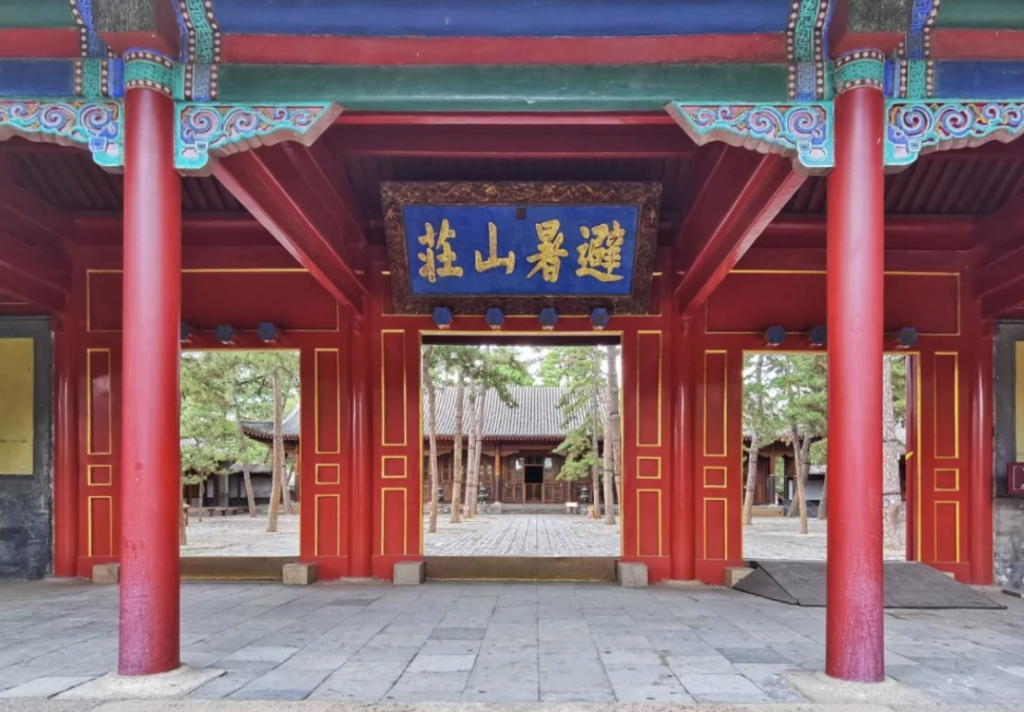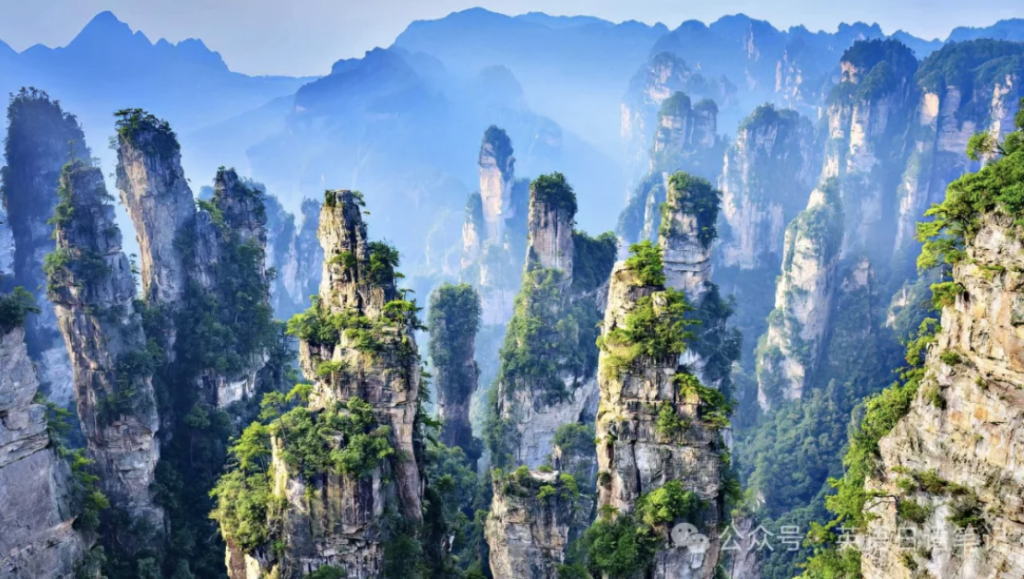Hainan: Guanyin Statue

Look beyond the beaches of Sanya to find the world’s largest Guanyin statue, erected near Nanshan, China’s southernmost mountain.
The three-sided statue faces all directions, symbolizing that the bodhisattva blesses not only China but the entire world. At 108 meters tall, the figure was raised and enshrined in 2005 and is one of the tallest statues on the planet.
The Guanyin Statue is located within Hainan’s Nanshan Culture Tourism District, which is some 40 kilometers from downtown Sanya. Shuttle buses are available between Yalong Bay and Nanshan.
Hainan: Yalong Bay

Hainan delivers the best tropical setting in China. Yalong Bay is the pinnacle of this beach getaway. The 7.5-kilometer crescent beach is the most popular and developed stretch of Hainan’s southern coastline.
It provides all the quintessential experiences of a Southeast Asian holiday and is a haven for water sports warriors, including surfers who sometimes ride uncrowded waves all day.
Yalong Bay is 28 kilometers southeast of Sanya. Sanya Airport operates flights to all major Chinese cities, as well as nine international cities including Singapore, Hong Kong, Tokyo and Seoul.
Hebei: Chengde Mountain Resort/Rehe Palace

A UNESCO World Heritage Site, this mountain resort was once a summer palace used by Qing Dynasty emperors on holiday. Delicate gardens and a 70-meter pagoda remain. Lush grasslands, marvelous mountains and tranquil valleys still make it a cool place to avoid the heat.
Heilongjiang: Saint Sophia Cathedral, Harbin

The largest Orthodox church in East and Southeast Asia stands in Harbin, a city in northeastern China and the capital of Heilongjiang province.
Russian expats built the 54-meter-tall, 721-square-meter Byzantine structure in the early 20th century as a spiritual symbol for the local Orthodox community after the Russian-Japanese War. The church was used as a ware house for about two decades and is now a state-run museum showcasing the city’s architecture, art and heritage.
Henan: Longtan Valley
Nope, you’re not in Utah. It’s Henan. This 12-kilometer, U-shaped valley marked by a stripe of purplish red quartz sandstone has earned the name, “The No.1 Valley of Narrow Gorges in China.” Its steep cliffs, lush vegetation and jagged valley attract sightseers from all over China.

The nearest traffic hub to Longtan Valley is Luoyang, a major city in Henan Province. It’s about 60 kilometers away. Major cities connected to Luoyang Airport by direct flights include Shanghai, Beijing, Guangzhou and Hong Kong.
Hubei: One Incense Pillar, Enshi Canyon

This is not the profile of Beaker the Muppet’s giant Chinese cousin; it’s a karst pillar standing between the cliffs and peaks of the 108-kilometer-long Enshi Canyon, China’s answer to the Grand Canyon. This incense stick-shaped structure is 150 meters tall, but only 4 meters wide, making it incredible that it stands at all, let alone that it’s survived several major earthquakes.
Local legend holds that the pillar is a piece of incense given by a deity to the ingenious Tujia people. The residents could light it in times of disaster and the deity would descend to help.
Enshi is approximately 230 kilometers west of Yichang, site of the Three Gorges Dam, and 530 kilometers west of Wuhan, the provincial capital of Hubei.
Hubei: Shennongjia

More than 400 people claim to have seen a Bigfoot-like creature among the lush vegetation of Shennongjia over the past century, yet no hard evidence has been found to prove the “yeti’s” existence
The 3,200-square-kilometer nature reserve also purports to be “the only well-preserved sub-tropical forest ecosystem in the world’s mid-latitudes,” with more than 5,000 species of animals and plants. It’s home to snub-nosed or golden monkeys
Wuhan is the nearest major city and traffic hub to Shennongjia. From Wuhan’s long-distance bus station at Xinhua Lu, take the daily coach to Xingshan County . Then transfer to a mini-bus from Xingshan to Shennongjia.
Hunan: Fenghuang
These stilted houses are the dream lodgings of Chinese art and literature lovers. Every year, armies of young backpackers flock to the ancient town of Fenghuang (which literally means “Phoenix”) for its rich Miao and Tujia ethnic culture.

Many also come to pay homage to celebrated Chinese writer Shen Congwen , whose novel “Frontier City” put the 1,300-year-old town in limelight. Fenghuang maintains its original layout and architecture, with around 200 residential buildings, 20 streets and 10 winding alleys, all of which date as far back as the Ming dynasty.
Fenghuang is 430 kilometers west of Changsha, the provincial capital of Hunan. Long-distance buses are available four times a day from West Changsha Bus Terminal to Fenghuang Bus Terminal for RMB 130. The journey takes nearly four hours.
Hunan: Zhangjiajie
The giant quartz sand pillars of Wulingyuan are said to have been the inspiration for James Cameron’s floating mountains on the planet Pandora in his Oscar-winning movie “Avatar.”

In reality, the Wulingyuan area in Zhangjiajie, a city in Hunan Province in southern China, is home to more than 3,000 of these stone columns. The tallest pillar in the stone forest stands more than 400 meters high. Wulingyuan authorities have renamed one of the pillars “Mount Hallelujah,” the name of the main floating peak on Pandora.
Zhangjiajie is about 320 kilometers northwest of Changsha, Hunan’s provincial capital and the region’s main traffic hub.
Trains and direct flights are available between Zhangjiajie and many Chinese cities, including Beijing, Shanghai and Guangzhou.



